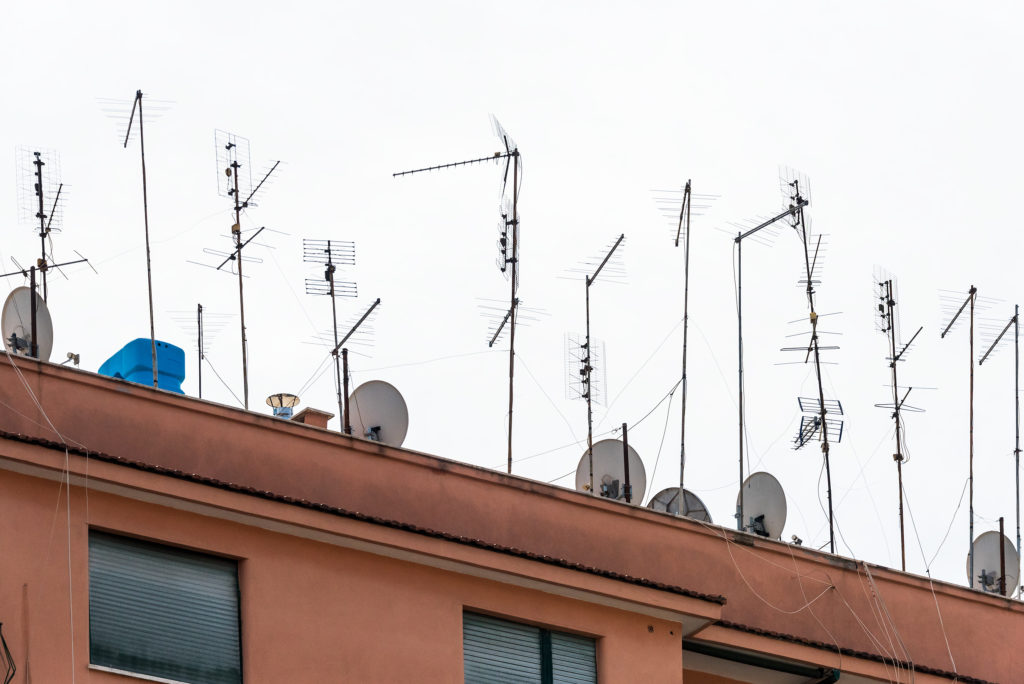By Kish Rajan
U.S. consumers like to think we have the best of everything when it comes to the internet — didn’t we build it?
But we are lagging far behind other countries when it comes to building 5G networks. China just this month set a new industry record when it exceeded a throughput of 19 Gbps in 5G trials, on the way to a nationwide rollout of 5G by 2020.

5G-based technologies can have a vast impact on mobile connectivity in densely-populated areas and on the Internet of Things. Mobile data traffic worldwide is almost 800 million times higher than 15 years ago. By 2020, more than 50 billion devices and 212 billion sensors will be connected to network services.
Right now, China is on the cutting edge of 5G technology. Why aren’t we seeing the same in the U.S.? While several states are flirting with 5G networks, there’s no policy — and seemingly no interest — in getting one up and running nationwide.
And yet 5G can unlock enormous economic growth, help grow new businesses and jobs, improve transportation, save energy and greatly improve our infrastructure. According to an Accenture report, IoT improvements have the potential to create $160 billion in benefits and savings. Then there’s the economic boost of just building 5G networks. Accenture predicts that 5G could result in $275 billion in investments, creating 3 million new jobs nationally and growing GDP by $500 billion.
But nothing will happen unless we encourage the growth of 5G networks and eliminate outdated regulations. 5G requires 10 to 100 times more small cell antennas than a 4G network. Many municipalities are resisting them with long wait times for permits, unreasonable fees and conflicting regulations.
These small cells, about the size of a briefcase, typically are installed on utility poles. They have less range than a typical tower, but serve more users faster. They are easier and cheaper to install than large cell towers, and rely on density to provide fast data service. A college football stadium, for example, needs 40 to 60 of them to provide full coverage.
Virginia has made the most progress with new rules that make building a 5G network easier. Small cell antennas now are allowed statewide on lamp posts and utility poles. California, Florida, Texas, Minnesota, Arizona, Colorado, Indiana and Iowa are all looking at similar bills. Washington State is considering a bill that would streamline permitting and cap fees as a way to lay the groundwork for 5G networks there.
We also need national standards for using unlicensed spectrum to ensure a high quality of service and low interference. Broadband spectrum unlicensed by the FCC can be used by wireless operators as a relief valve for data traffic to speed up clogged pipes.
But for now, patchwork local regulations and the lack of a concerted, consistent national effort to build 5G networks mean U.S. consumers will be stuck with an outdated technology while we struggle to improve phone service and the backbone for smart cities, more efficient agriculture and even self-driving cars.




